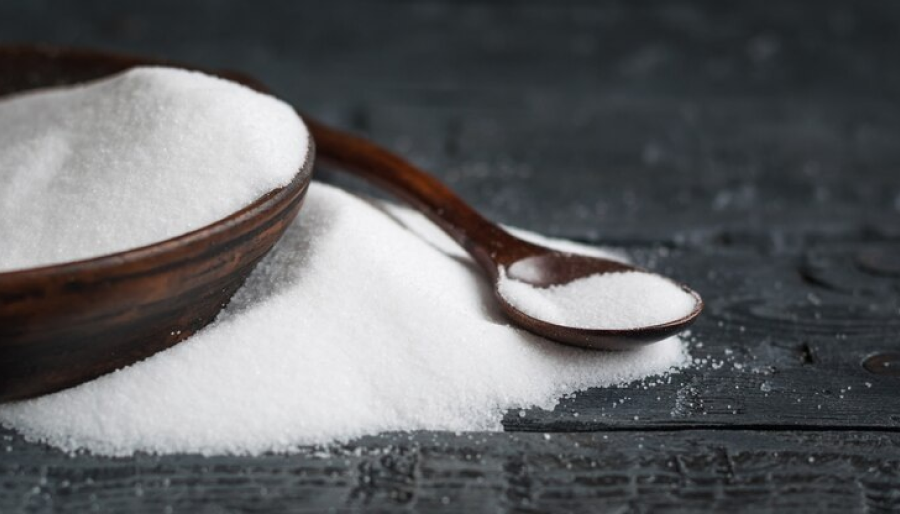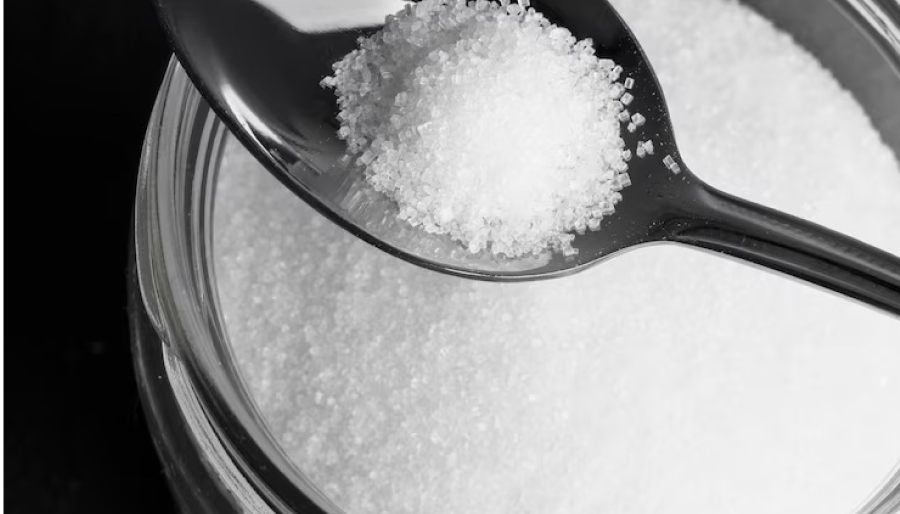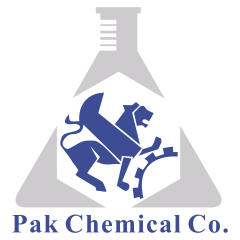Various Stearic Acid Quality Identification Methods are used in the industry, and pure stearic acid is usually in the form of a white powder or granule and should not have a yellow or gray color.
Stearic acid is a saturated fatty acid that is used in various industries such as cosmetics, pharmaceuticals, plastics and chemicals. Identifying the quality and purity of this substance is of great importance, because its impurities can affect the final performance of the product. In this article, we will examine the scientific and practical methods for identifying pure and high-quality stearic acid.
1. Examination of physical characteristics (Stearic Acid Quality Identification Methods)

One of the first and easiest ways to check the quality of stearic acid is to observe its physical characteristics:
Appearance: Pure stearic acid commonly presents as white powder or granules and must be free from any yellow or gray discoloration.
• Mild odor: This substance should not have an unpleasant or pungent odor, as the presence of odor can indicate impurities or oxidized compounds.
• Solubility: Stearic acid is insoluble in water but soluble in organic solvents such as ethanol, benzene and chloroform.
2. Melting Point Measurement (Stearic Acid Quality Identification Methods)
• Standard Melting Point: Pure stearic acid has a melting point in the range of 69 to 70 degrees Celsius.
• Test Method: Place a small amount of the sample in a test tube and heat it slowly. If the substance does not melt at the standard temperature or the melting process is inconsistent, there is a possibility of impurities.
3. Checking the Iodine Value
• Meaning: The iodine value indicates the degree of saturation of the fatty acid. Since stearic acid is a saturated acid, its iodine value should be close to zero.
• Test Method: React a certain amount of stearic acid with iodine solution and measure the amount of iodine absorption. A high iodine value indicates the presence of unsaturated fatty acids and impurities in the sample.
4. Checking the Acid Value (AV)
• Meaning: The acid value indicates the amount of free acids in the sample and the higher the value, the more impurities it indicates.
• Standard Range: The standard acid number for pure stearic acid is usually in the range of 195 to 209 mg KOH/g.
5. Solubility Test in Alcohol and Organic Solvents
• Test Method: Dissolve a small amount of the sample in warm ethanol or organic solvents such as benzene and chloroform.
• Result: In pure stearic acid, the solution is completely clear and uniform. The presence of turbidity or suspended particles indicates impurities.
6. Examination of Heavy Metals and Impurities
Importance: Poor-quality stearic acid may contain hazardous heavy metals such as lead (Pb), arsenic (As), and mercury (Hg). These contaminants pose serious health risks, particularly in pharmaceutical and food applications.
Test Method: To identify the presence of heavy metals, laboratories commonly use advanced techniques like ICP-MS (Inductively Coupled Plasma Mass Spectrometry) or AAS (Atomic Absorption Spectrometry).
Standards: International guidelines, including those from USP and BP, define strict permissible limits to ensure safety and compliance.
7. Gas chromatography (GC) to examine the composition of fatty acids
• Accurate laboratory method: Gas chromatography (GC) is one of the accurate methods to identify the composition of fatty acids in a sample.
• Result: If the sample is pure, its composition should be more than 95% stearic acid and a small amount of palmitic acid (C16). The presence of other unsaturated fatty acids indicates impurities.
8. Review of international standards (Stearic Acid Quality Identification Methods)
• Quality certificates: Buying stearic acid from manufacturers who have USP, BP, HACCP, ISO 9001 certificates guarantees the quality of the product.
• Trusted brand names: In Iran, Pishrochem Company is one of the leading suppliers of high-quality stearic acid that offers its products in accordance with global standards.
How to recognize pure stearic acid?
1. Checking color, odor, and solubility in organic solvents
2. Measuring melting point (69-70°C)
3. Performing iodine value and acid value tests
4. Checking solubility in alcohol and clarity of solution
5. Performing gas chromatography (GC) tests for fatty acid composition
6. Checking heavy metals using ICP-MS or AAS
7. Ensuring international standards and quality certificates
If you are looking to buy pure and high-quality stearic acid, it is essential to pay attention to these diagnostic methods. Also, purchasing from reputable suppliers such as Pishro Chem Company can guarantee the quality and purity of the product.

Stearic acid quality can be identified through methods such as melting point analysis, heavy metal testing, and moisture content evaluation, and pure stearic acid is usually in the form of a white powder or granule without any yellow or gray discoloration.
